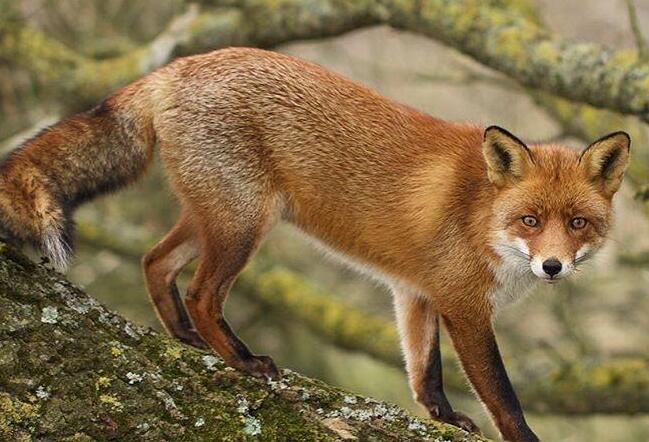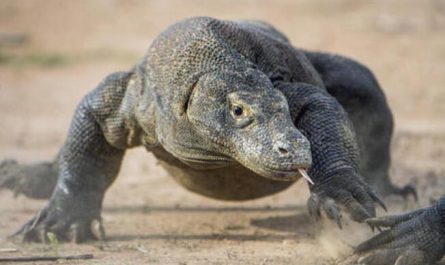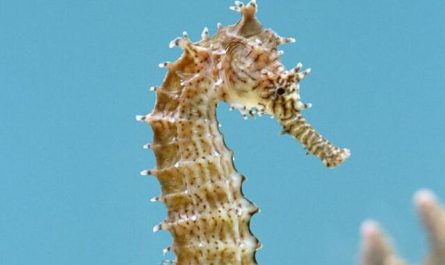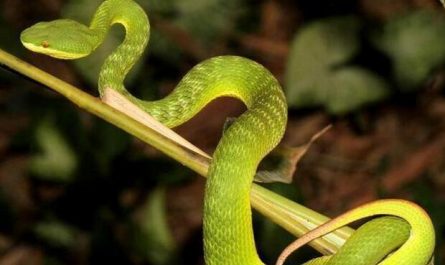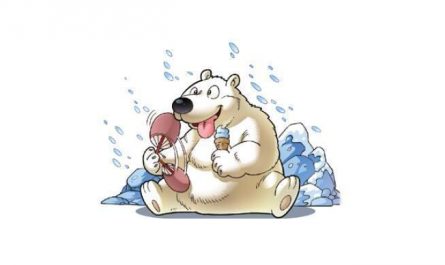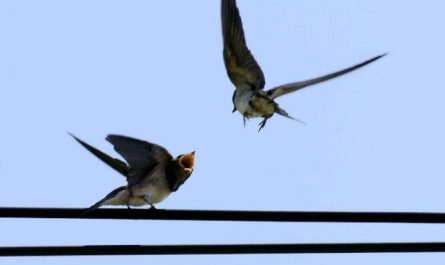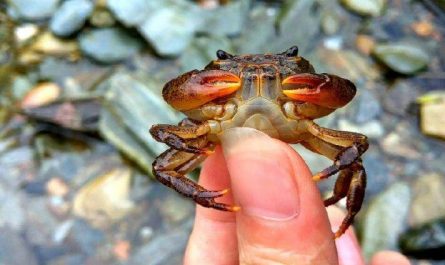The reason why animals have tails
Animals living on land can also use their tails to complete various tasks. The crocodile has a thick and thick tail, which makes it a good weapon to attack enemies or prey. The tails of geckos and lizards are flexible and can escape in time when caught.
The male peacocks show off their beautiful “fan screen”, which wins them the favor of female peacocks. Birds such as sparrows and turtledoves rely on the feathers on their tails to control their flight and landing. Squirrels and cats jump flexibly on the tree without falling down, thanks to their tails controlling their balance.
Jumpers and kangaroos, who are good at jumping, benefit from their long tails, which can be used as pillars when standing still. The tail also functions like a “hand”. For example, capuchin monkeys and nest mice can wrap their long tails around branches and hang them upside down; cattle and zebras can flick their tails around to drive away pesky mosquitoes and flies. The tail can also express feelings, and the dog will “wagging its tail and begging for mercy”… the function of the tail has been fully utilized by animals.
From the perspective of internal anatomy, the fundamental reason why animals have tails lies in the fact that there is a “pillar” that is similar to strung up “dominos” in the body-the spine. A “domino” is the tail bone to which the tail “attaches”.
With different degrees of healing or degeneration, various tails that we can or cannot see today are formed and exhibit different functions. Therefore, strictly speaking, the term tail is relative to the vertebrates that have this “pillar.” Although invertebrates such as scorpions also have a “tail” that people call the tail, they are ultimately a Counterfeit goods.
The role of various animal tails
The role of bird tails
1. Balance: The bird’s tail can keep the body balanced when flying and standing.
2. Control direction: The bird’s tail has long and wide hairs, which can rotate flexibly to control the direction of flight and act as a rudder during flight.
The role of fish tails
1. Moving forward: The fish swings from the tail to the left and right in the water to encourage the body to move forward.
2. Control direction: Which direction the fish needs to change in the water is also accomplished by the swing of the tail.
The role of the tails of cattle, horses and donkeys
1. Balance: The tails of cows, horses, and donkeys play a balancing role when they run.
2. Repel mosquitoes: When mosquitoes bite, their tails flick and flick away mosquitoes.
The role of crocodile tail
Weapons. When seeing animals such as cows, antelopes, and deer come to drink by the water, the crocodile suddenly swept their tails, plunged these animals into the water, and then ate them.
The role of kangaroo tail
1. Support the body: When the kangaroo is standing, the strong tail helps the kangaroo stand stably like a triangle.
2. Assist in jumping: When the kangaroo jumps, the tail is like a spring to help the kangaroo jump faster and farther.
3. Self-defense weapon: When an animal or a person attacked it, it swept it down with its tail.
The role of deer tail
The sirens, when the enemy is found, the deer will stand up its tail, reveal the bright spot, and send out an alarm to the companion.
The role of woodpecker tail
Support the body. When the woodpecker catches insects, it will use its tail to firmly support the tree trunk.
The role of lion, tiger and leopard tails
The role of lion tail
Combat weapons. When fighting with other animals, they can knock the opponent down with just a flap of their tails.
The role of fox tail
1. Balance: The fox’s tail balances its body when it moves.
2. Warmth from the cold: In cold weather, the fox’s tail can be used as a quilt.
The role of squirrel tail
1. Balance: The squirrel’s tail balances its body when it moves.
2. Warmth from the cold: In cold weather, the squirrel’s tail can be used as a quilt.
3. Parachute: When a squirrel jumps up or down on a high branch, the big tail will be opened, like a parachute, which can protect the squirrel from falling on the ground in a balanced manner.
The role of lizard and gecko tail
To escape, when encountering an enemy, their tails will automatically fall off, and the nerves on the tail will not die immediately, but will move for a while, thus confuse the enemy and cover themselves to escape.
